Sometimes gripping something one wants out of life is an effective strategy. But in the case of Chopin’s C-sharp minor Nocturne, my determination resulted in a tensed hand, preventing me from playing these piano trills without sufficient fluidity or speed.
My teacher, Stephen, recommended that I practice the trills with a metronome. “A metronome,” Stephen said, “takes away the rhythm problem so you can concentrate on the quality of the trill.”
In a previous lesson, Stephen had already given me these tips on playing a trill:
-
- Relax your palm and fingers
- When you play the trill, keep your fingers on the key surface (in other words, don’t press the keys down hard)
- Feel the resistance in the keys when you play the notes
- Rock your wrist back and forth slightly to gain speed in the trill
As a teenager studying the piano, I felt panicky whenever my piano teacher turned on the metronome. She owned an old-fashioned mechanical wind-up model, the pendulum swinging back and forth. But I was afraid I would not be able to match its insistent beat.
As it turns out, on the subject of using a metronome, pianists divide into two camps. One camp finds the ticking so distracting they can concentrate on little else. But the other camp discovers that the metronome frees them to improve their technique.
This time around, as a student of adult piano lessons, I wanted to be in the second camp. I hoped practicing with a metronome would cure my trills of irregularity and lethargy. I wanted to play the Chopin Nocturne in all its haunting beauty.
At our town’s music store in the plaza, I settled on a basic metronome with a dial on its face for adjusting the speed. The metronome came with two sound options, one that sounded to me like a person tocking his tongue on the roof of his mouth, the second like fingers snapping.
Purchase in hand, I headed home to the trills in the Chopin C-sharp minor Nocturne.
With the metronome set at 40 beats per minute, the lowest speed available, a very relaxed largo, I rocked my hand back and forth between F-sharp and G-sharp, one lazy beat for each note in the trill. Borrowing a technique from my yoga class, I inhaled deeply, then exhaled slowly. At this glacial pace, I could finally release my hand muscles. I thought about how this exercise was one more example, in piano lessons, of the merits of slowing down.
Here’s what came next in the instructions my piano teacher, Stephen, gave me:
-
- I doubled my speed to two trill notes for each metronome tock, then doubled again to four trill notes per beat, concentrating on keeping my hand soft and relaxed.
- I increased the metronome speed to 50 beats per minute, considered the heart of largo territory, first playing one, increasing to two, and finally four trill notes per metronome tick.
- Once I could master 50, I repeated the entire process at 60 beats, then 70, and finally 80 beats per second.
It was not until I set the metronome to 80—the region of andante piano music—then attempted to play four trill notes for every beat that I had met my metronome match. But it turned out that the speed I had reached was good enough and that a couple of days of this practice was all it took. At my next adult piano lesson, Stephen congratulated me. I had fixed the trills.
The trills give this Chopin Nocturne suspense and momentum. While the trills warble—two of them for essentially an entire measure—the melody waits, coiled inside. To my surprise, the repetitive, unimaginative metronome had freed me to create elastic, sweet trills.
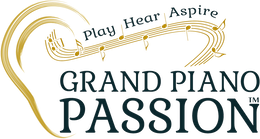
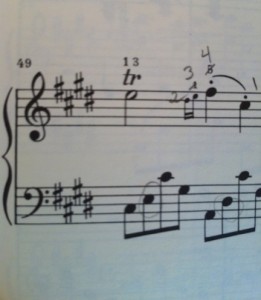
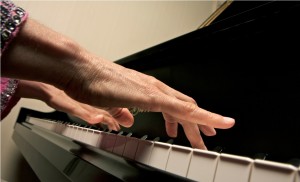
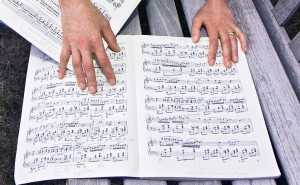
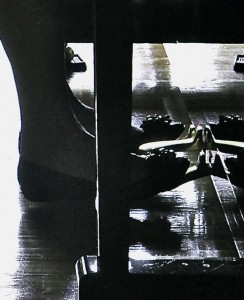
Thank you for this article. I confirm that this technique is very helpful. I thought of that a few years ago and have been in my practice a lot. I’m happy to know that someone else also has found it helpful.
Great to hear your confirmation that the technique works!